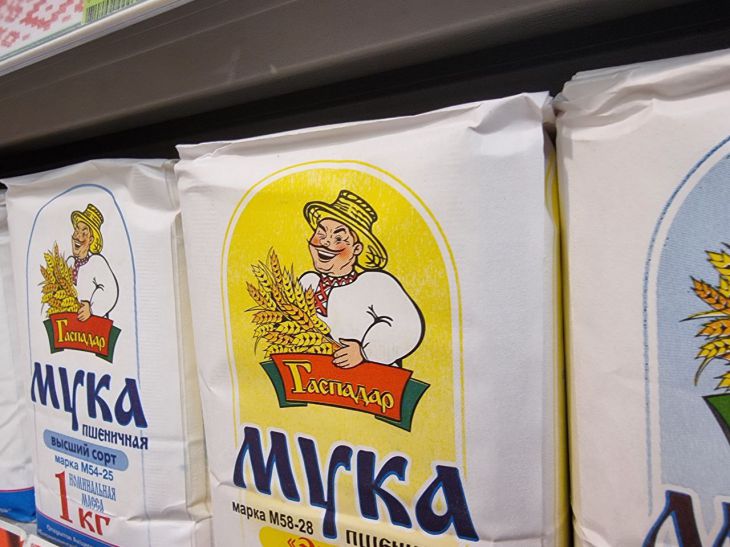What is the flour, such is the result!
The taste, appearance, aroma and even shelf life of baked goods depend on the quality and type of flour. How to choose it correctly?
Wheat flour comes in “extra” (premium grade), first grade, second grade, and whole grain, says Yulia Arkhipova .
It is generally accepted that first grade wheat flour should be used in any baking.
However, for example, dough for dumplings from such flour may not work (due to hygroscopicity and other properties). In this case, it is better to use premium flour.

In addition to wheat flour, corn, buckwheat, spelt, and oat flour are also available. It is also worth taking a closer look at dessert varieties: coconut, pumpkin, bird cherry, and almond.
What flour for what
Premium and first grade wheat. What to cook? Biscuits, cake layers, buns, Easter cake. Thin and lacy pancakes. As an additive to sauces, some types of creams.
Second grade wheat. What to cook? Yeast-free baked goods, bread, gingerbread, cookies, gingerbread, pizza, rasstegai, pretzels, rusks.
Wholemeal and peeled rye. What to cook? Pancakes, savory pies, flatbreads, bread, "coarse" homemade noodles.
Corn. What to cook? Flatbreads, lavash, chips, tacos, pancakes, fritters, buns.
Oatmeal. What to cook? Cookies, muffins, pancakes, flatbreads, bread.
Buckwheat. What to cook? Pancakes, fritters, muffins, pies, noodles.
Products made from premium and first grade wheat flour retain freshness and elasticity longer. Since there are few useful substances in such flour, manufacturers can add vitamins and minerals. This will not affect the quality of baked goods.
The second grade of wheat flour can be mixed with rye flour. Such flour is not suitable for sweet rich fluffy pastries. Baking from the second grade flour quickly becomes stale.
Wholemeal and peeled flour are the most useful and should be present in the menu. You can add seeds, dried fruits, dried garlic and other ingredients to the dough made from this type of flour.
Dishes made from corn flour are low in calories, have a long shelf life and contain many useful substances.
For people who are gluten intolerant, corn flour is a good alternative.
Buckwheat flour, like corn flour, also does not contain gluten, it is great for preparing dietary dishes and is acceptable for consumption by people with celiac disease.
Oat flour contains a lot of fiber and mucous substances, which helps to improve digestion. And the presence of easily digestible carbohydrates in the product helps regulate sugar levels in diabetes.
All types of "dessert" flour are added little by little to the main selected type to give taste and aroma. Dessert flour is ground defatted after squeezing out oil, nuts and seeds. Coconut, pumpkin or cedar flour can be used for sprinkling finished baked goods and decorating dishes.
How to choose and store
Flour is usually sold in opaque paper packaging. This is good for the product itself, but it makes it difficult to inspect.
Choose the packaging that has a good expiration date, and focus on a well-known manufacturer.
The flour should not contain any foreign impurities, dense lumps and, of course, insects. It should be soft and slightly creaky to the touch and have a pleasant smell.
The edges of the package should be carefully sealed. If the container is torn or packed in a bag, put off buying it - microbes could have gotten into the flour. Do not buy flour in transparent packaging, especially made of polyethylene.
It is recommended to store flour in a tin, wooden or glass container, necessarily opaque, and in a dark, cool place.
This is especially true for second-grade flour and rye flour, since due to the large amount of protein it can quickly go rancid.
Make sure that there are no strong-smelling products near the flour, otherwise the baked goods will acquire a corresponding taste.
Earlier we talked about why matches are added to the pan when boiling eggs.









